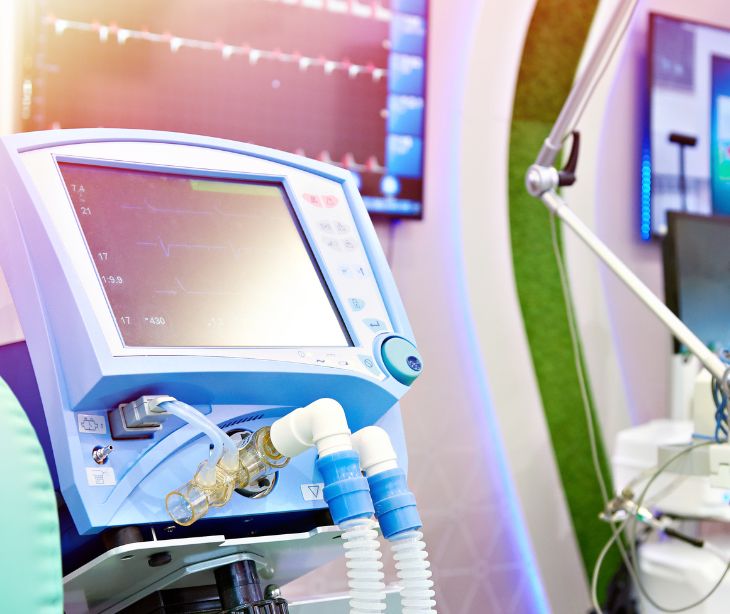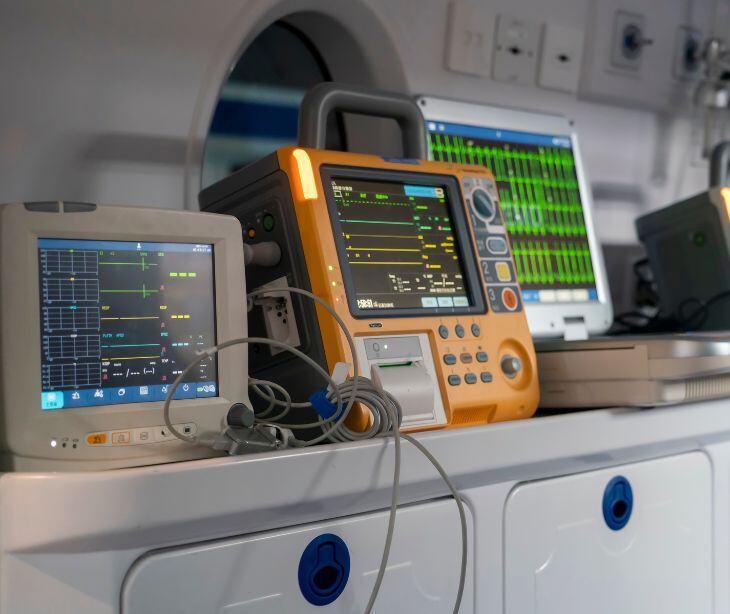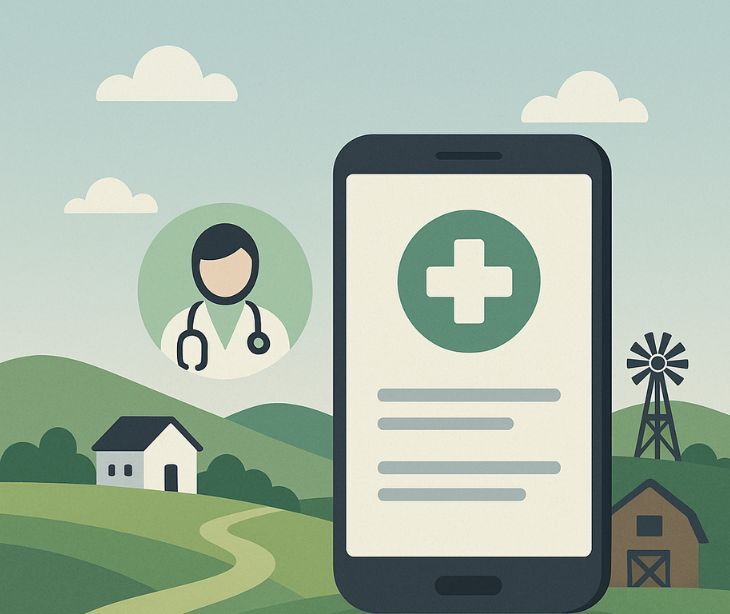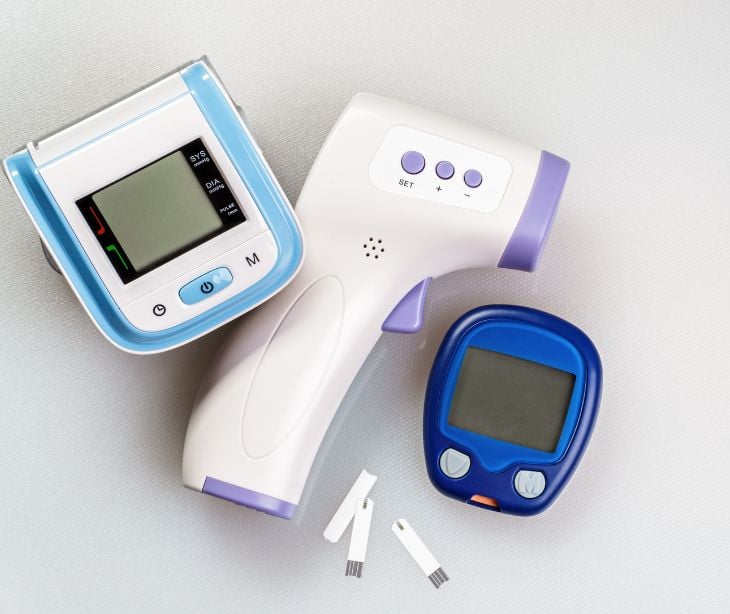
The Internet of Medical Things, or IoMT, is a collection of medical devices and applications connected to healthcare IT systems through online computer networks. It's like an extensive network where medical equipment and software applications can communicate with each other over the internet. IoMT isn't just about wearable devices like fitness bands or heart rate monitors. It also includes a whole range of other digital health technologies. This means remote patient monitoring tools, smart hospital beds that can report on a patient's condition, and even personal health records that patients can access online.
Technological components
All the following components work together to make IoMT a powerful tool in healthcare. The sensors gather data, the connectivity solutions send it to where it needs to go, the data processing units analyze it, and the user interfaces display it for medical professionals and patients.
- Sensors: These are like the system's senses. They collect health information like heart rate, blood pressure, or glucose levels. Think of them as tiny detectives gathering clues about a person's health.
- Connectivity solutions: This is how the sensors send the information they collect. They use Wi-Fi, Bluetooth, or other types of internet connections to transmit data. The sensors are sending messages about your health through the internet.
- Data processing units: These are the brains of the operation. They take the data from the sensors and make sense of it. They analyze and process the information to understand what's happening with a patient's health.
- User interfaces: This is how doctors, nurses, or even patients can see and understand the data. It could be an app on a smartphone, a computer program, or a medical device display. It turns the complex data into something we can easily read and understand.
See also: HIPAA Compliant Email: The Definitive Guide
Applications in healthcare
IoMT has several beneficial uses in healthcare. First, it helps in keeping an eye on patients' health remotely. This means doctors can check on patients' health stats like heart rate or blood sugar levels, even when they are not in the hospital. It's great for managing diseases because it allows for constant monitoring, which can catch problems early.
For example, doctors can act fast if a patient's heart monitor shows something's off. Then there's stuff like smart hospital beds that can tell nurses if a patient has been in one position for too long, which is helpful for patient care. IoMT also makes the whole healthcare system run smoother. Hospitals can track their equipment easily, so they always know where things like wheelchairs or medical tools are.
See also: Best Practices for securing medical IoT devices
Integration with other technologies
IoMT works hand in hand with some advanced tech like AI, cloud computing, big data analytics, and blockchain, and this combo brings a lot of good stuff to healthcare. Imagine IoMT devices as reporters gathering health info, which is then sent up to the cloud. This is where all this data lives and can be accessed from anywhere. AI is the smart assistant, analyzing this huge amount of data to spot trends or health issues, making it easier for doctors to understand what's happening with a patient.
Subscribe to Paubox Weekly
Every Friday we'll bring you the most important news from Paubox. Our aim is to make you smarter, faster.




